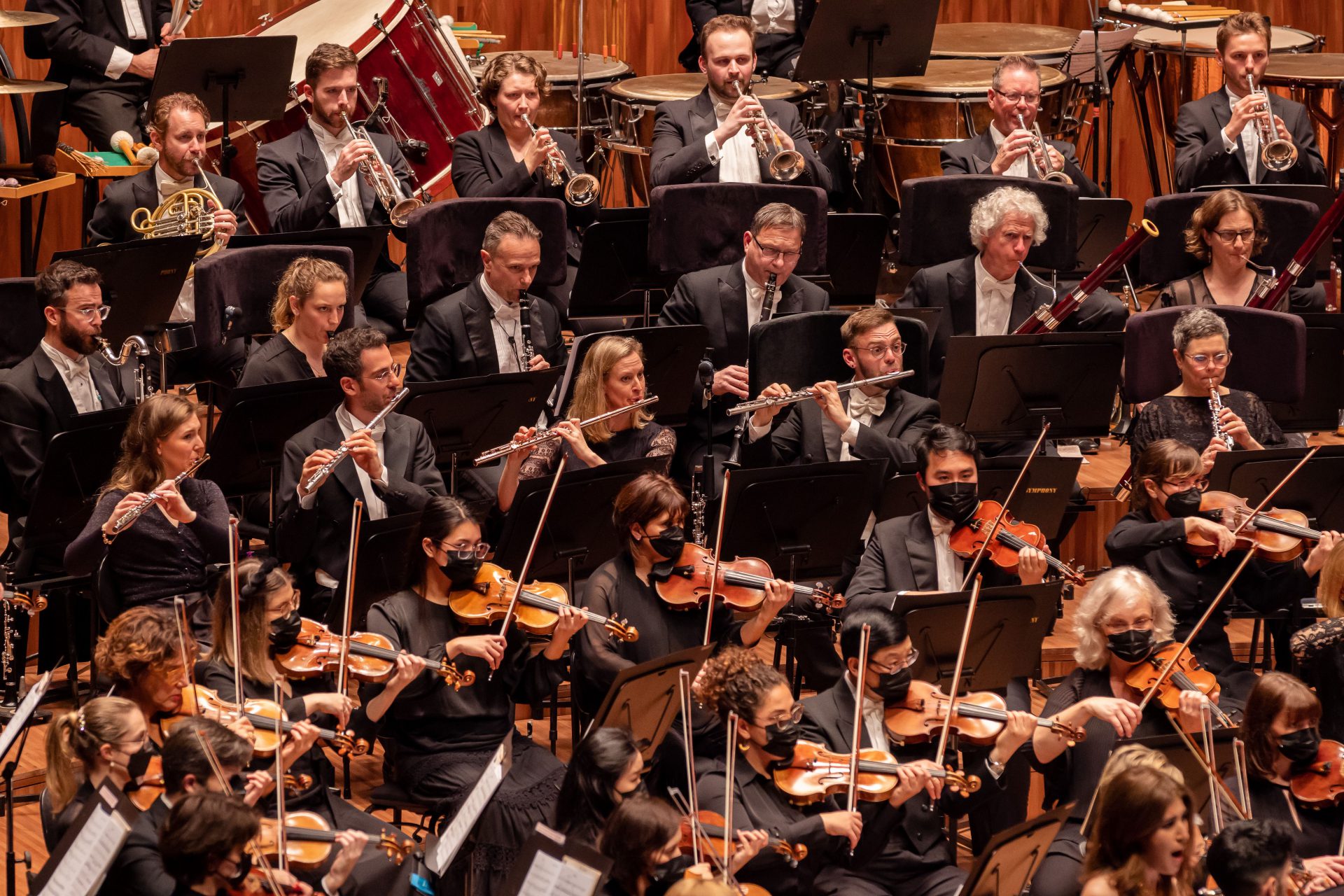In a packed Utzon room emerged Genevieve Lange, of ABC Classic fame, introducing a smaller contingent of the SSO consisting of winds and brass. The concert was entitled ‘Beethoven & Mozart’ but included a 20th century piece with an intriguing history.
Beethoven’s Sextet in E flat major, Op. 71, shows the composer’s fondness for Mozart’s music for wind ensemble. It is genial, almost galant, and there is no sign of the brooding dramatism for which Beethoven was to become famous. The Allgemeine musikalische Zeitung, the music journal of record for German-speaking Europe during Beethoven’s lifetime, described it thus “a composition which shines resplendent by reason of its lively melodies, unconstrained harmonies, and a wealth of new and surprising ideas”
But it must not be forgotten that this work fell into the category of divertimenti and was not bound to capture the audience’s attention foe more than a fleeting moment. However that may be, the star of the show in the Adagio-Allegro was clarinettist Francesco Celata, and Beethoven gives to that role the unenviable task of running scales and quick arpeggios
The delightful simplicity of the theme played by the bassoon (Matthew Wilkie and Fiona McNamara) at the beginning of the Adagio is repurposed throughout for clarinet (including James Julian) and bassoon in dialogue over a gently rocking accompaniment – something of an Alberti bass for winds and brass). A single theme becomes a conversation.
The third movement is more lively, but still genial. It is rounded off nicely by Euan Harvey and Rachel Silver on horns. The horns feature prominently in the fourth and final movement – a Rondo which bursts out intermittently into all the march-like qualities one would expect of a Rondo of this period.
Consciously-experimental music of the 20th century is usually something to be endured. Yet Seiber’s Serenade for Six Wind Players is imbued with the distinctive passion of the Eastern European folkish strain. This can be seen almost immediately in the first movement as the melody wavers incessantly in the form of a Hungarian folk dance. Celata again shines, executing long trills and fast passages that leap upwards in a breath. The allegro vivace is a highlight, and a good example of how nicely Sieber was able to accommodate the folkish tradition within the Classical form. It pauses every now and then to indulge fully in announcing some folkish tune, in a way that reminds one of Bach’s Peasant Cantata. The whimsical jazz element is also seen throughout.
Mozart’s Serenade in E flat, K375 begins in a way more Beethovenesque (with its characteristic insistence) than Beethoven’s own work which opened this concert. The impulsive allegro changes mood frequently but is anchored by the e-flat chords performed by the bassoons. The menuettos are stately enough, but the first of them features some chromatic twists.
